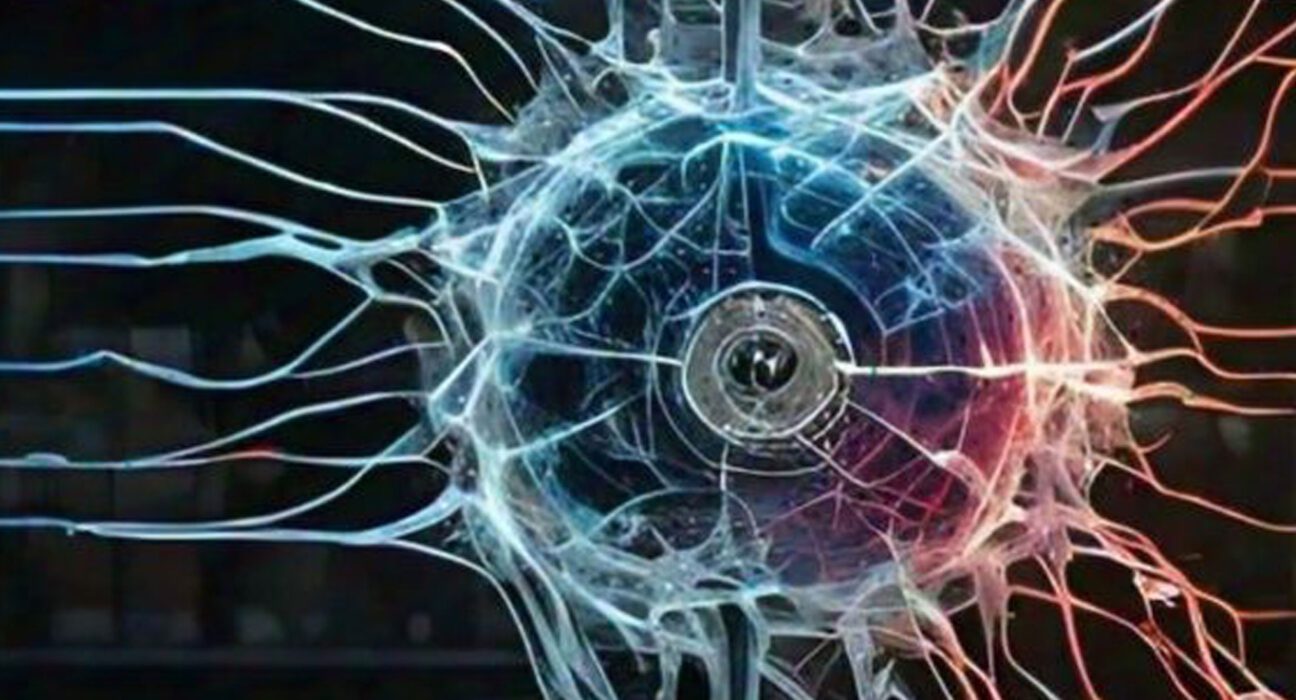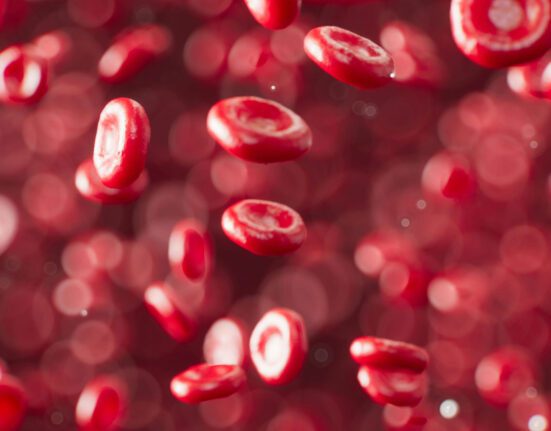Autonomic Nervous System. What is it?

The nervous system refers to the complex network of nerves and cells that control and coordinate the functions of the body. It controls activities in your body that happen without you even thinking about them such as your heart beating and respiration2.
The nervous system can be categorized into two distinct components:
The Central Nervous System (CNS) – comprises the brain and spinal cord.
The Peripheral Nervous system (PNS) – the PNS comprises the nerves that extend from the CNS – from the brain down the spinal cord in the back – to various parts of the body.
The peripheral nervous system (PNS) can also be categorized into two distinct components:
- The somatic nervous system. Regulates voluntary motor function and all the nerves in your body that carry information about your senses, such as smell, sound, touch, taste2.
- The autonomic nervous system. Controls involuntary bodily functions and connects your brain to most of your internal organs2.
The autonomic nervous system functions to regulate and control involuntary or unconscious functions of the body. Additionally, it can control:
Heart – how hard and fast it pumps
Blood Pressure – by controlling the width of your blood vessels
Skin – sweating
Digestion
Internal Organs – lung, liver, colon, intestines, stomach, pancreas
Response of Pupils -regulating how much light enters your eyes, the formation of tears
Urination
Sexual Functions – arousal, orgasm, erections
The Autonomic Nervous System: What Does It Do?
The autonomic nervous system can be divided into three distinct groups, each responsible for specific functions2:
The sympathetic nervous system is responsible for initiating physiological responses that aid in dealing with demanding situations, particularly during times of stress or peril. This system is accountable for regulating your body’s “fight-or-flight” reaction.
The parasympathetic nervous system functions in opposition to the sympathetic nervous system. This system is accountable for regulating the body’s “rest-and-digest” physiological activities.
The enteric nervous system is a component of the autonomic nervous system that regulates the process of food digestion in your body.
The sympathetic and parasympathetic systems work together to maintain equilibrium. The sympathetic nervous system initiates bodily functions, while the parasympathetic nervous system inhibits or reduces them. The equilibrium of your body by these systems is crucial for both your physical health and long-term survival.
It encompasses various modes of communication. The nervous system relies on chemical molecules secreted by different glands in the body and brain to facilitate communication. Additionally, electrical energy is utilized within the neurons themselves. Neurons alternate between electrical and chemical transmission as required.
The complexity of your enteric nervous system is remarkable. Some scholars classify it as a component of the broader nervous system rather than the autonomic nervous system. The reason for this is because the number of neurons in your enteric nervous system, is equivalent to the number of neurons in your spinal cord.
The autonomic system is a component of the PNS. Nevertheless, certain regions of the CNS can also exert an influence on the autonomic system. These regions are:
- The hypothalamus, responsible for the regulation of hormones
- Regions of the brain that exhibit responses to emotions.
Where is the Autonomic Nervous System2?
The autonomic nervous system comprises a complex network of nerves that spans over your entire brain and body. Certain nerves originate directly from the brain, while others originate from the spinal cord, which transmits messages from the brain to these nerves.
There are a total of 12 cranial nerves, distinguished by Roman numerals, and four of them include nerve fibres that are part of your autonomic nervous system. The cranial nerves that are included are the third, seventh, ninth, and tenth. They regulate pupil dilation, eye focusing, tears, nasal secretion, salivation, and the functioning of your chest and abdominal organs.
The autonomic nervous system also utilizes the majority of the 31 spinal nerves. These encompass spinal neurons located in the thoracic region (chest and upper back), lumbar region (lower back), and sacral region (pelvis and tailbone).
The CNS and PNS collaborate to maintain homeostasis, or balance, throughout the many bodily systems. This promotes optimal functioning of our nervous system.
Credible Information:
References:
2. Cleveland Clinic overview of the Autonomic Nervous System







